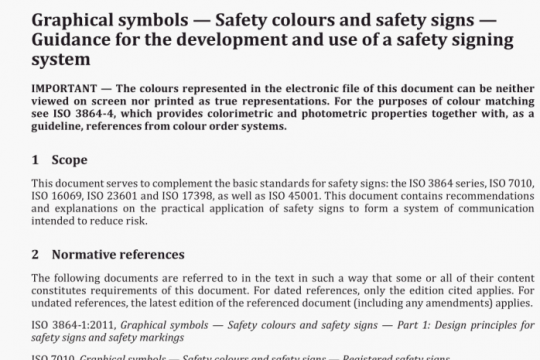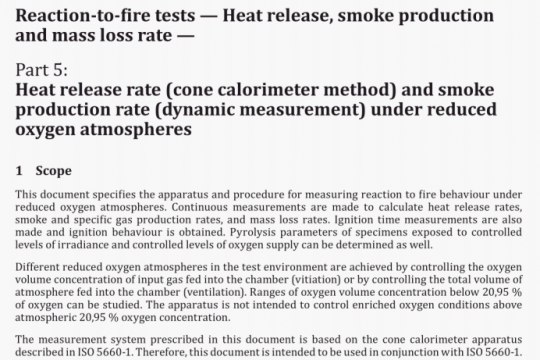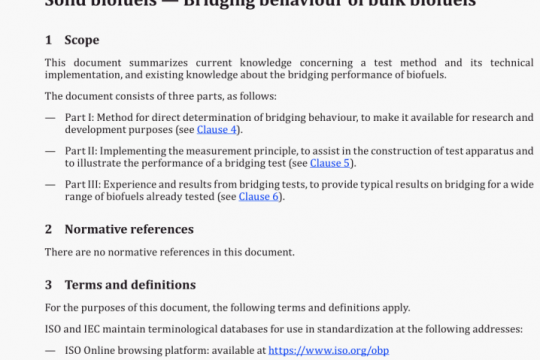ISO 6709 pdf free download
ISO 6709-2008 pdf free download.Standard representation of geographic point location by coordinates.
6.2 Elements required for geographic point location
In this International Standard, geographic point location shall be represented by four elements:
– coordinate representing x” horizontal position such as latitude;
— coordinate representing “y horizontal position such as longitude;
— for 3-dimensional point locations, a value representing vertical position through either height or depth; a coordinate reference system identification.
6.3 Coordinate Reference System identification
A CRS identification shall be given for geographic point locations to be described unambiguously. For point location including the vertical position, a compound CRS identification shall be given; this compound CRS identification shall cover both horizontal and vertical positions. It is recognized that, in the absence of the CRS identification, a level of uncertainty in geographic point location is introduced. This geographic offset in position may be as much as I km from an actual point location as presented in Annex B.
A CRS description shall be through either
a) a reference to a definition in a register of geodetic codes and parameters conforming to the requirements of ISOITS 19127, or
b) a full CRS definition, as defined in ISO 19111.
Methods a) and b) are alternative means of providing a full CRS definition. Method a) is recommended for simplicity but if the system definition is not available from a register it shall be given in full. In both methods, the CRS defines the order of coordinates in each coordinate tuple, units and representation of the values.
For some interchange purposes, it is sufficient to confirm the identity of the system without necessarily having the full system definition. When using method a), reference to a geodetic register, applications that only require to confirm the identification of a CR5 can do so through the register citation and CRS unique identifier from that register. They do not need to retrieve the elements that constitute the CRS definition from the register, unless there is a need to quote these or to perform a coordinate operation on the coordinate set.
6.4 Representation of horizontal position
Horizontal position shall be described through a pair of coordinates. Any coordinate reference system type as described in ISO 1911 1 may be used. The positive directions of each coordinate axis, the order of the coordinates and their units shall be as described in the coordinate reference system definition, when provided. When no CRS is provided, the following shall apply.
a) Within a coordinate tuple, the latitude value shall precede the longitude value.
b) Latitudes on or north of the equator shall be positive. Latitudes south of the equator shall be negative.
c) Longitudes on or east of the prime meridian shall be positive, longitudes west of the prime meridian shall be negative. The 180th meridian shall be negative. The prime meridian shall be Greenwich.
d) For digital data interchange, decimal degrees shall be the preferred representation. However, for backward compatibility with the first edition of this International Standard, sexagesimal degrees may be used. Recommendations for display of latitude and longitude at the human interface are given in Annex D.
6.5 Representation of vertical position
Vertical position shall be height or depth as described by the coordinate reference system definition. Heights measured upward from the origin shall be positive. Heights measured downward from the origin shall be negative. Depths measured downward from the origin shall be positive. Depths measured upward from the origin shall be negative.
If height or depth is given:
a) whether the value is a height or a depth, shall be defined in the CRS definition;
b) the position of the value in the coordinate tuple shall be given in the CRS definition;
c) the unit for the height or depth value shall be given in the CRS definition;
d) the origin for height or depth shall be defined in the CRS definition.
6.6 Coordinate resolution
Coordinates shall be given to a resolution commensurate with the position accuracy. Accuracy may be described through metadata as defined in ISO 19115. The linear equivalent for angular coordinates (latitude and longitude) is given in Annex E.
6.7 Utilization of geographic point locations
ISO 19115 gives details of ISO requirements for describing metadata for geospatial information. Examples of geographic point locations where coordinates and other attributes, such as date stamps or descriptive information associated with the geographic point location(s), are described in Annex F.
7 Representation of geographic point location
7.1 UML model
The UML model for the representation of geographic point location is described in Annex C.
7.2 XML representation
This International Standard supports GML, an XML grammar written in XML schema for the description of application schemas, as well as for the transport and storage of geographic information, but it also supports flexibility regarding geographic-point-location representations that will be addressed through a register. Examples of geographic point location through GML are given in Annex G.ISO 6709 pdf download.




